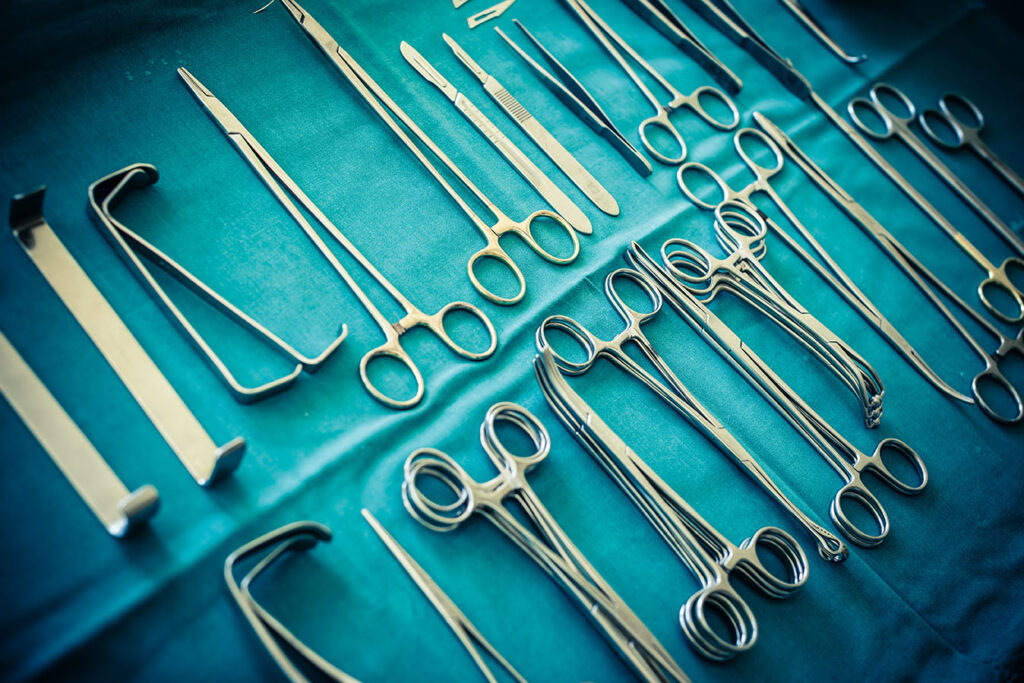QUOTES
Precision In Every Cut: How Scissors Shape Modern Surgery

Scissors are so commonplace in daily life that it is easy to forget their profound role in medicine. From delicate eye procedures to life-saving operations, surgical scissors are a cornerstone of modern healthcare. Unlike household scissors designed for paper or fabric, surgical scissors are crafted with exacting standards to provide control, accuracy, and safety in high-stakes environments.
The Evolution of Surgical Scissors
The story of surgical scissors begins centuries ago. Ancient physicians recognized the need for cutting instruments that could handle tissue with precision, leading to early adaptations of blades and shears. As surgical techniques advanced, so did the demand for instruments designed specifically for medical use.
By the 19th century, advancements in metallurgy allowed for finely crafted scissors made from durable stainless steel. These scissors could be sterilized repeatedly without losing their sharpness or structural integrity. Today, they remain indispensable in operating rooms worldwide, evolving alongside the fields of surgery and medicine.
Types of Surgical Scissors
Not all surgical scissors are the same. Each type is designed with a purpose, tailored to meet the demands of specific medical specialties.
- Mayo scissors: Strong and versatile, often used for cutting heavier tissue or sutures.
- Metzenbaum scissors: Known for their long handles and delicate blades, ideal for cutting fine tissue.
- Iris scissors: Originally developed for ophthalmic surgery, now widely used across multiple fields for their unmatched precision.
- Bandage scissors: Angled for safely cutting dressings and bandages without harming the patient’s skin.
Each variety reflects the diversity of challenges surgeons face, from navigating tough muscle tissue to performing microsurgery.
Why Design Matters
The effectiveness of surgical scissors lies in the details. Factors such as blade sharpness, tip shape, and handle ergonomics can significantly influence performance in the operating room.
- Blade edge: Some scissors feature razor-sharp edges for smooth cuts, while others have serrated edges to prevent tissue from slipping.
- Curved vs. straight blades: Curved blades allow surgeons to cut around structures, while straight blades are better for direct cuts.
- Size: Smaller scissors, like Iris scissors, are chosen for delicate work, while larger models handle tougher tissue.
The goal of these design features is to give surgeons maximum control with minimal effort, reducing fatigue during long procedures and increasing patient safety.
The Role of Scissors in Modern Healthcare
Surgical scissors are not just tools, they are extensions of the surgeon’s hand. In high-pressure situations, their reliability can mean the difference between success and complication. They enable surgeons to perform with confidence, knowing that every cut will be precise.
Beyond the operating room, scissors play critical roles in wound care, emergency response, and even routine clinical tasks. From removing sutures to trimming dressings, their versatility makes them one of the most frequently used instruments in medicine.
Innovations in Surgical Scissors
As healthcare technology advances, so too does the design of surgical scissors. Modern innovations include:
- Tungsten carbide inserts that extend the lifespan of blades.
- Ergonomic handles that reduce strain during long surgeries.
- Disposable scissors made for single-use settings, ensuring sterility and reducing cross-contamination risks.
Despite these innovations, the fundamental purpose of scissors remains the same: to provide precise, reliable cutting for medical professionals.
Balancing Tradition and Technology
What makes surgical scissors fascinating is the balance between tradition and innovation. While new materials and designs continue to enhance their function, the basic principle has remained unchanged for centuries. Precision cutting is still the primary goal, whether achieved with classic stainless steel instruments or advanced modern variants.
This combination of history and innovation is especially evident in instruments like Iris scissors, which retain their original design principles while benefiting from today’s manufacturing improvements.
Final Thoughts
Surgical scissors may seem like simple tools, yet they are essential to the progress of modern medicine. From large, durable instruments to finely crafted Iris scissors, each variety serves a unique purpose in helping healthcare professionals perform with accuracy and confidence.
Their story is one of evolution, reflecting centuries of refinement and the relentless pursuit of better patient care. In every operating room and clinic, surgical scissors remind us that sometimes the most effective innovations are those that sharpen the tools we have relied on all along.

